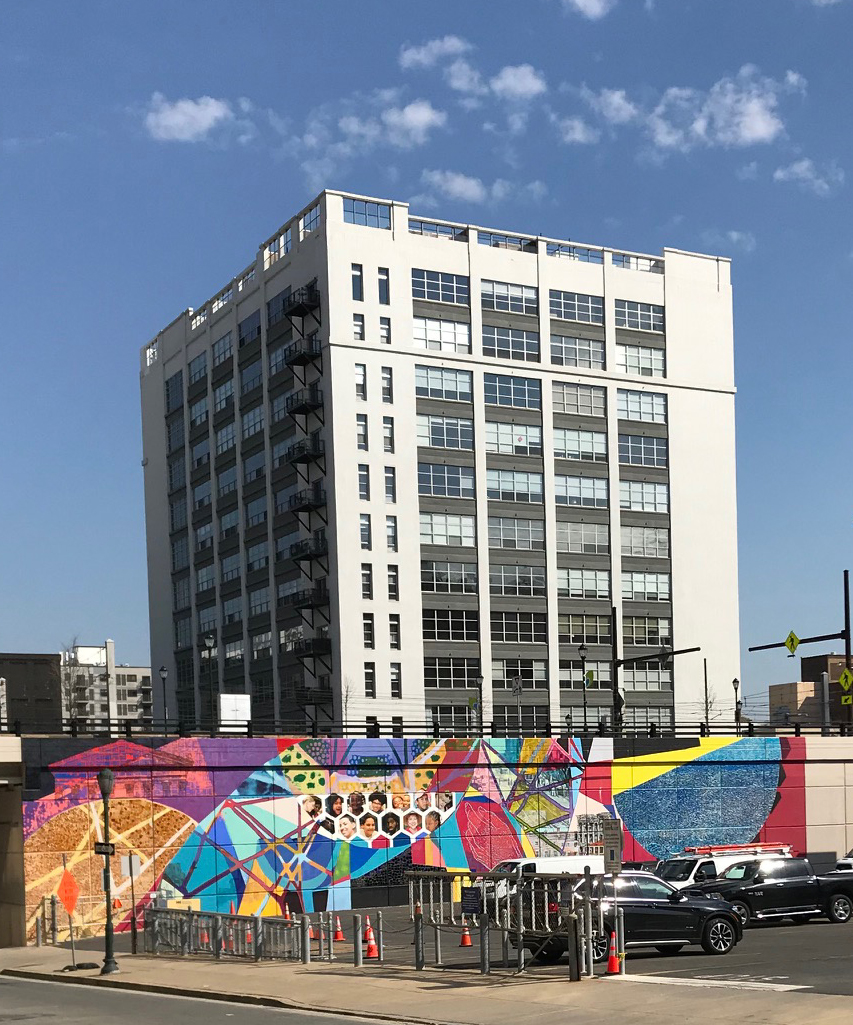

Deftly conveying what planners expected their new towns to become, Rybczynski commands a wealth of trenchant detail that reveals bucolic attitudes (e.g., the American penchant for naming streets after trees) or evolving architectural fashions, such as the faddish "urban renewal" movement of the 1950s. Rather, they might reimagine their cities' potential for beauty and sociability in light of this history of urban development, from the first planned towns, Philadelphia and Williamsburg, to the chaotic sprawls of Houston and Los Angeles. (Nov.Gazing at elegant Paris, a visitor from North America plaintively asked her companion, "Why aren't our cities like that?" Fortunately that companion was Rybczynski, an astute architectural historian whose knowledge and sparkling writing (e.g., Home, 1986) ensure that his readers will no longer think of their American cities as apres-teardowns in progress.

As for the 1990s, Rybczynski sees no end to the profession's self-indulgence, as architects shirk their responsibilities to community and society.

In one essay he interprets the decade 1910-1919 as a period of disorientation that ushered in modernism. With his usual grace, wit and lucidity, he writes about the quest for a regional California architectural style, about high tech as a ``mass-market fashion,'' about airports, about Palladio's 15th century Italian villas and about art museum design and suburban sprawl. Rybczynski touts the advantages of smaller houses and links the revival of traditional house forms to a longing for the bourgeois ideals of stability and domesticity. With catholic taste, McGill University professor of architecture Rybczynski admires Michael Graves's post-modernist Portland Building in Oregon, Swedish artist Carl Larsson's modified log cabin and the New York Public Library, ``built for the ages.'' Readers of his books Home and The Most Beautiful House in the World will enjoy this collection of previously published articles and essays.


 0 kommentar(er)
0 kommentar(er)
